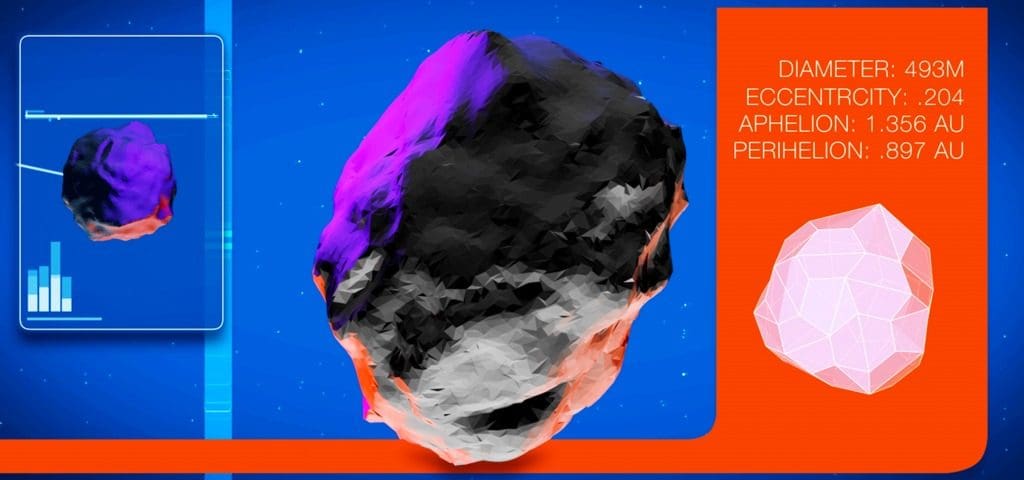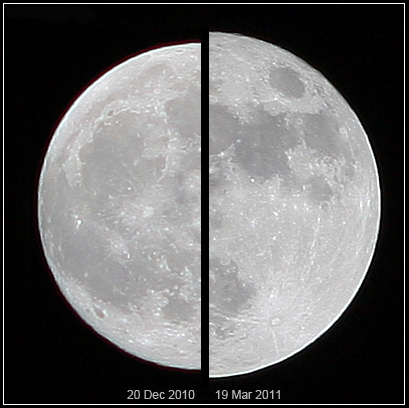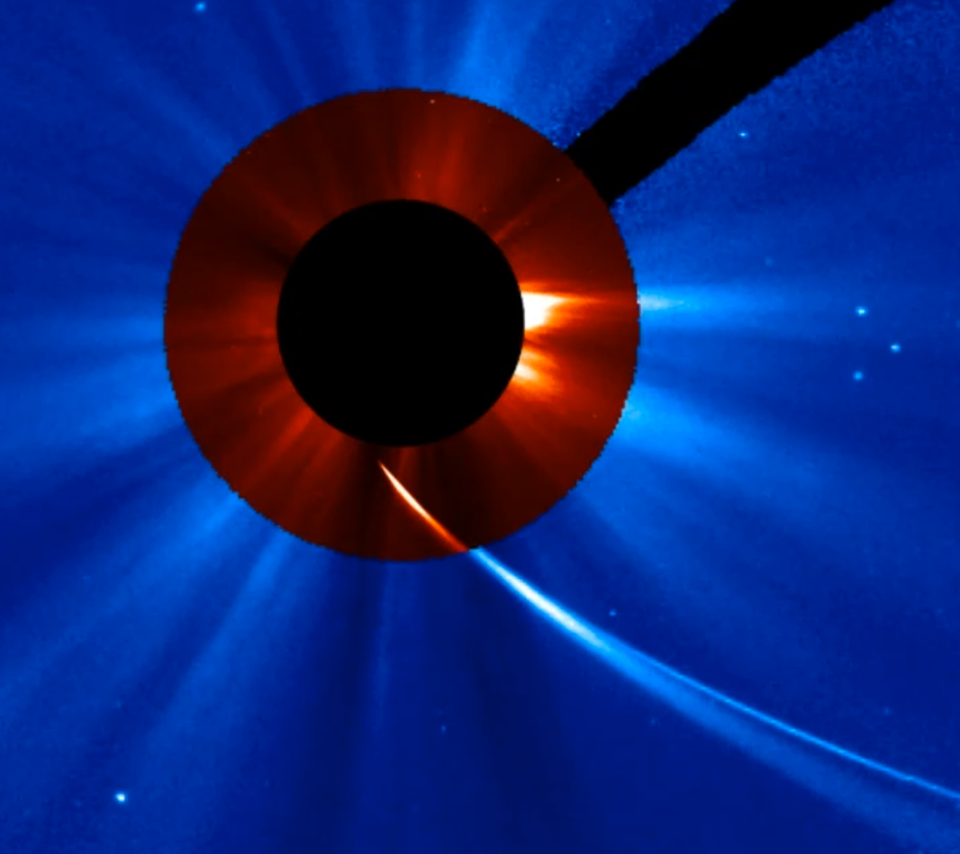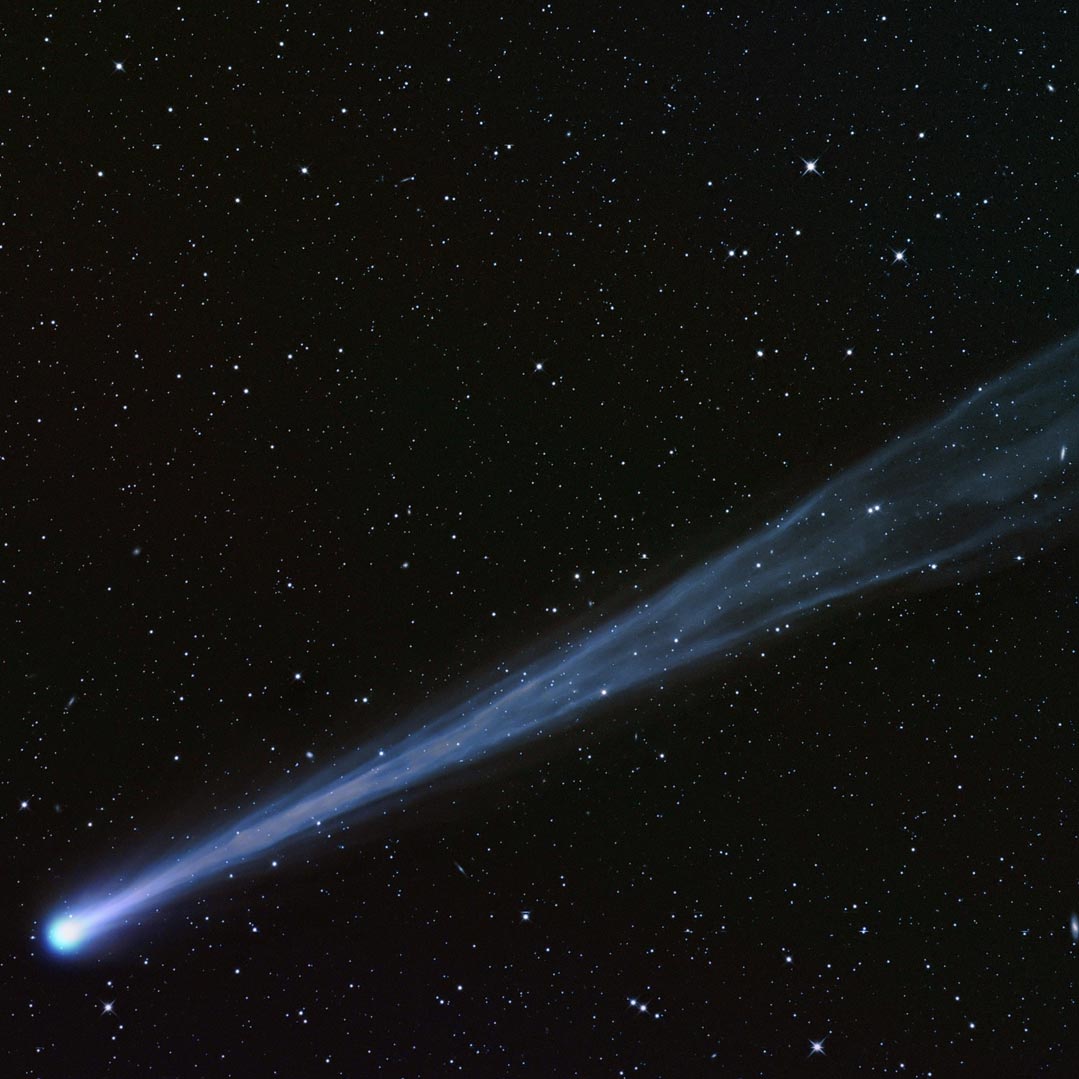
Near-Earth asteroids like Bennu pose a potential danger to our planet, so it’s important to predict their orbits with great accuracy. Unfortunately, a phenomenon called the Yarkovsky effect can make these predictions difficult over long time periods.
How does this effect work?
When sunlight strikes a rotating asteroid, the dayside heats up; as the asteroid turns, the night side cools and releases the heat, exerting a small thrust that can change the asteroid’s direction over time. In order to learn more about this process on asteroid Bennu, NASA is sending a spacecraft called OSIRIS-REx to make detailed observations of Bennu’s shape, brightness, and surface features. These factors are thought to influence the Yarkovsky effect, and understanding how will enable scientists to better predict the orbit of Bennu and other near-Earth asteroids.

Preparing for the OSIRIS-REx Sample Return Mission launch and the visit to asteroid Bennu
Thursday, September 8, 2016 from Kennedy Space Center

Learn more about the mission objectives »
Wednesday, September 7, 2016 at 1 to 2 p.m. EDT from Kennedy Space Center – Uncovering the Secrets of Asteroids on NASATV
During this panel, NASA scientists (including myself) will discuss asteroids, how they relate to the origins of our solar system, and the search for life beyond Earth.
Panelists for this conversation are:
- Ellen Stofan, NASA chief scientist
- Michelle Thaller, Deputy Director of Science Communications for NASA’s Science Mission Directorate
- Lindley Johnson, Director of the Planetary Defense Coordination Office in NASA’s Science Mission Directorate
- Alex Young, Associate Director for Science in the Heliophysics Science Division at Goddard
credit: NASA/SVS/OSIRIS-REx




